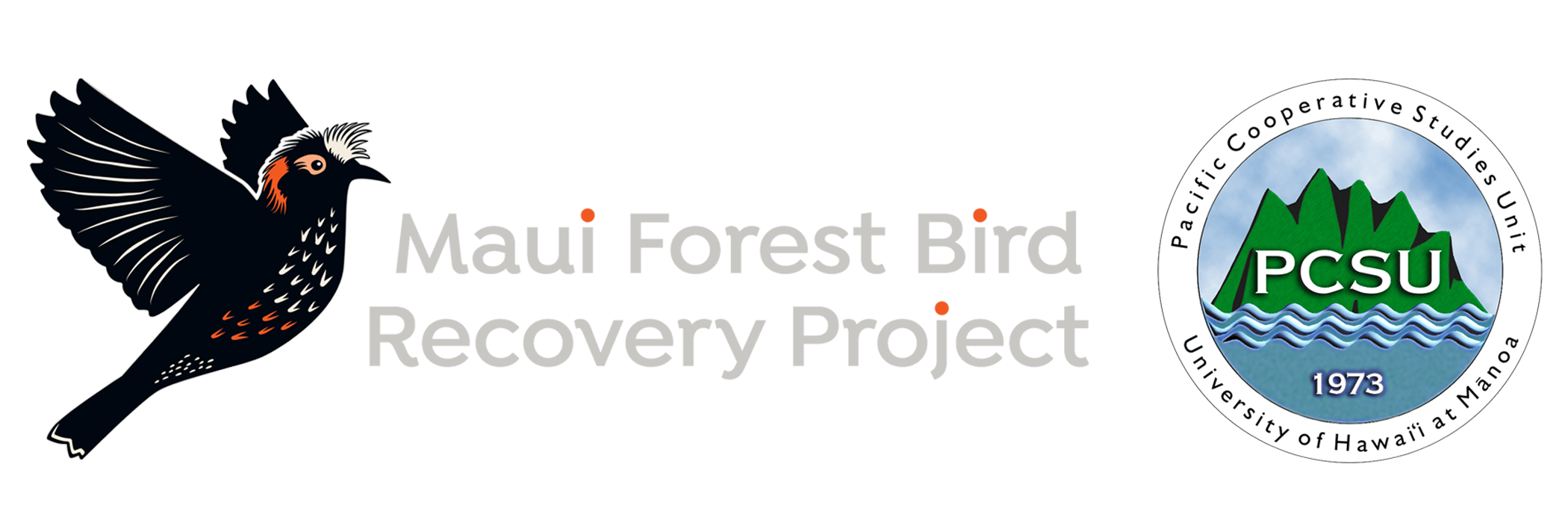Funders
Investing in a future for our endangered birds and their habitats
Hawai'i Division of Forestry and Wildlife
The mission of the State of Hawai’i’s Department of Land and Natural Resources (DLNR) Division of Forestry and Wildlife (DOFAW) is to responsibly manage and protect watersheds, native ecosystems, and cultural resources and provide outdoor recreation and sustainable forest products opportunities, while facilitating partnerships, community involvement and education.
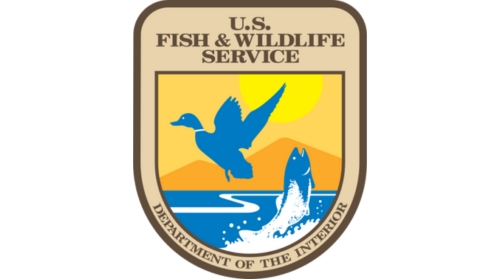
U.S. Fish & Wildlife Service
The United States Fish and Wildlife Service is an agency within the United States Department of the Interior dedicated to the management of fish, wildlife, and natural habitats.

National Park Service
The NPS is tasked with protecting the natural beauty, wildlife, and cultural heritage of the areas under its care. This includes conserving landscapes, historical sites, and places of cultural significance. The NPS also strives to minimize human impact on habitats and ecosystems, but welcomes all to experience national parks. The agency balances the need for preservation with the desire for public access, enjoyment, learning, and practicing culture.
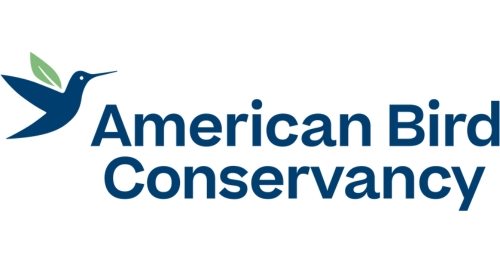
American Bird Conservancy
The problems facing birds today are complex. ABC targets solutions with an elegantly simple and effective framework that ensures efforts are put where they matter most. ABC is a key partner and funder for MFBRP as well as numerous Hawai’i conservation efforts.
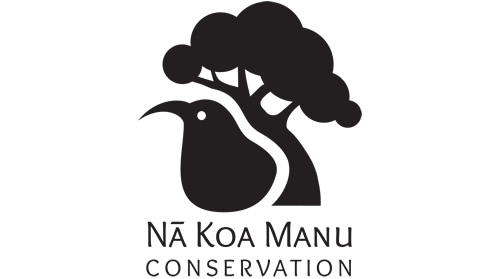
Nā Koa Manu Conservation
Furthering conservation in Hawai’i by supporting research, management, and awareness of native ecosystems. NKMC works to protect and recover native Hawaiian bird populations by supporting conservation research and management activities of like-minded organizations, institutions, agencies and the public.
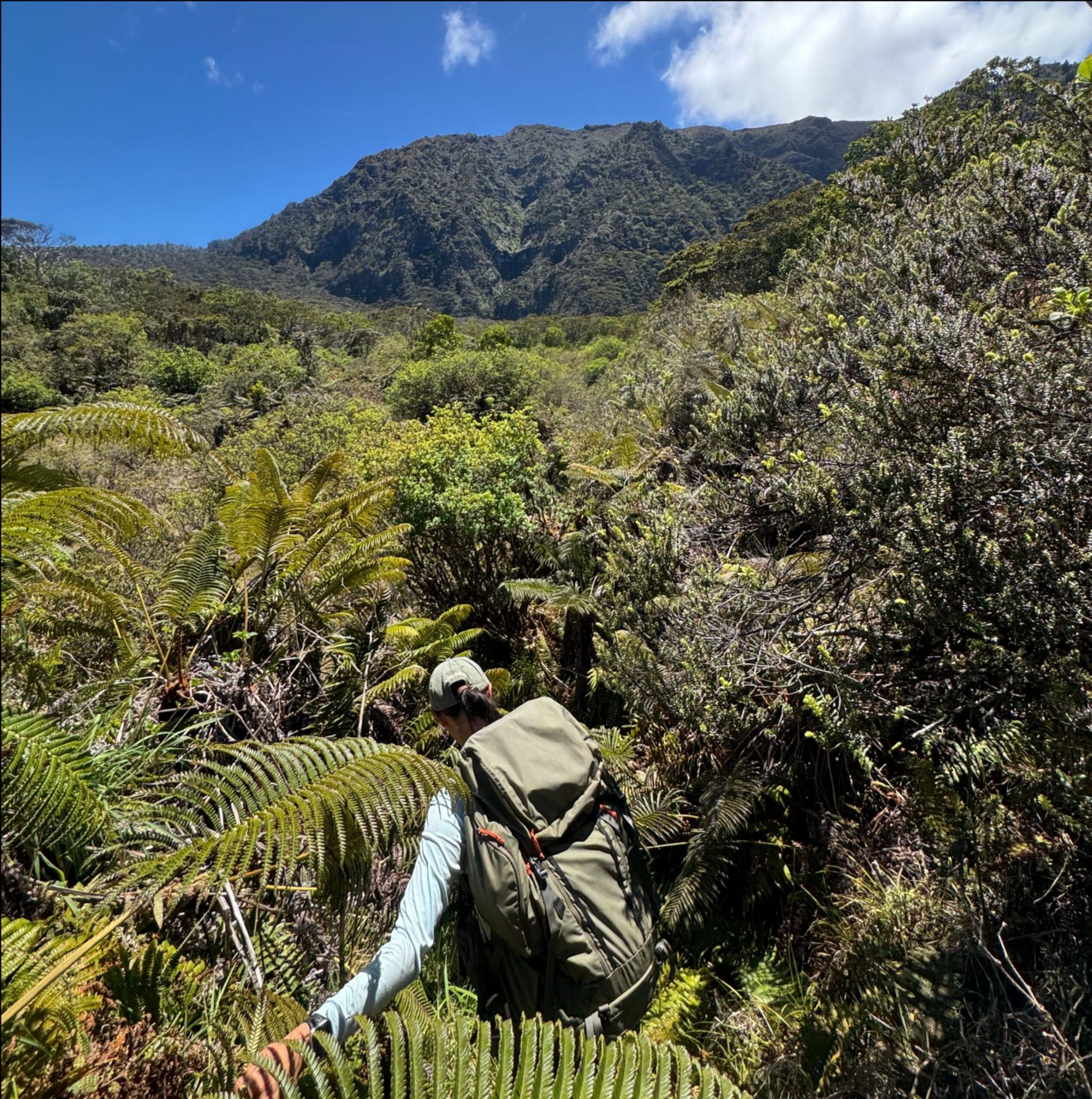
Maui Forest Bird Recovery Project (MFBRP) was established by the State of Hawaiʻi Division of Forestry and Wildlife (DOFAW) and the U.S. Fish and Wildlife Service (USFWS) to carry out state and federal recovery actions for Maui’s forest birds.
Because public funding alone can’t meet the need, MFBRP is fiscally sponsored by Nā Koa Manu Conservation, Inc., a local nonprofit that enables private fundraising.
We operate efficiently and maximize our impact. Public funds cover about half to two-thirds of our annual budget, private donations contribute roughly one-quarter, and small grants and corporate support make up the remainder. Volunteers and partners further stretch every dollar through fieldwork, office support, and technical expertise.
Save the Forest, Save the Birds
It takes a community of dedicated individuals and support to make conservation happen
